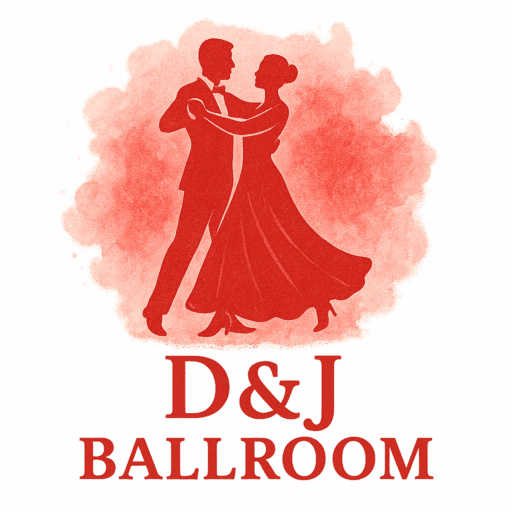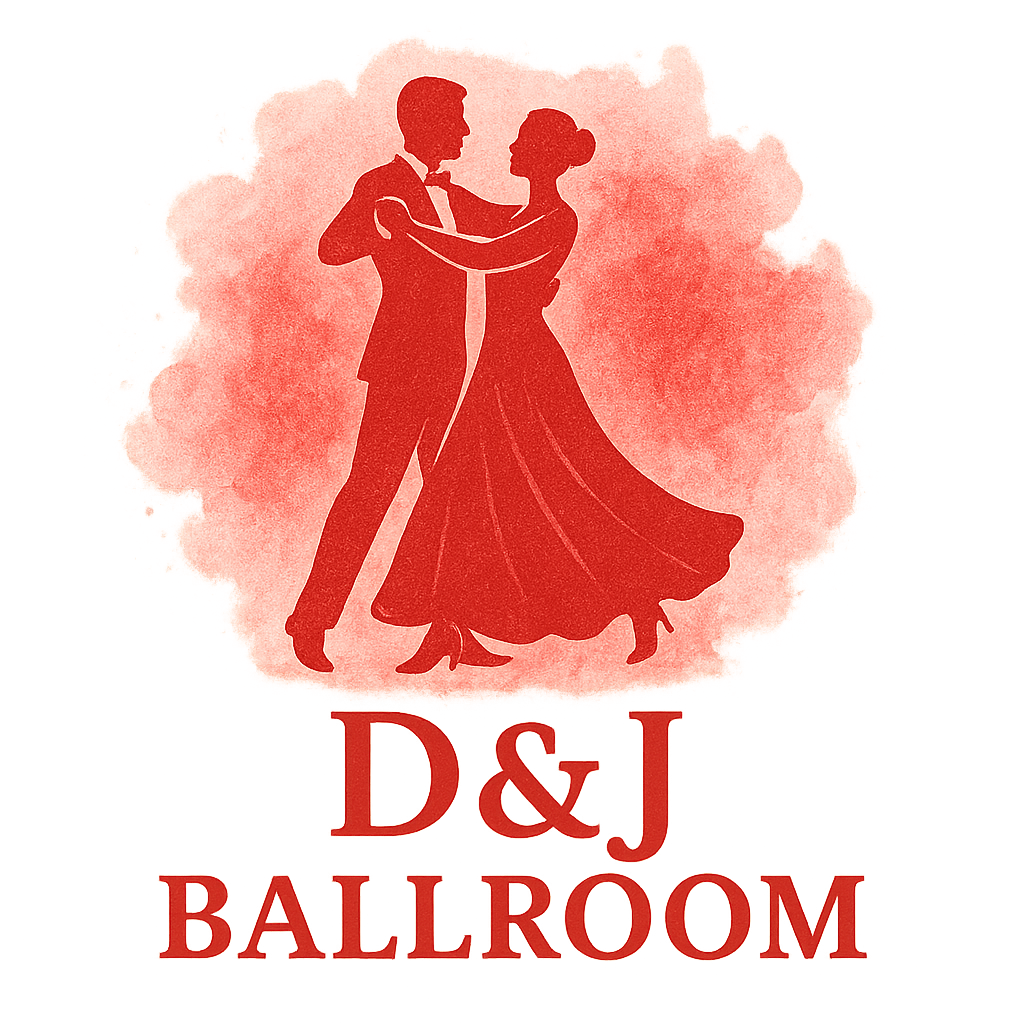Introduction: Why Core Strength Matters in Ballroom Dancing
When you think of ballroom dancing, you probably picture elegant spins, smooth glides, and powerful partner connections. But none of that happens without a strong core. Core strength isn’t just about toned abs—it’s about posture, balance, and the ability to move with fluidity. Without it, your frame collapses, your spins wobble, and your transitions lose polish.
Understanding the Role of the Core in Ballroom Dancing
Ballroom dancing is more than memorizing steps; it’s a full-body art form with the core as its driving force.
Balance and Stability
In dances like the Waltz and Tango, a strong core keeps you grounded while executing turns and promenades with confidence.
Posture and Alignment
That tall, regal posture ballroom is famous for? It comes from well-trained abdominal and back muscles working together to create alignment. (For a deeper dive, check out the history and culture of ballroom).
Power and Fluidity
The smooth flow of Foxtrot and Quickstep relies on core engagement to transfer power without stiffness.

Preparing Your Space for At-Home Ballroom Drills
Even at home, setting up your practice space correctly makes all the difference.
Choosing the Right Floor
Hardwood or laminate floors mimic ballroom training surfaces best. If that’s not available, use a yoga mat for grip.
Proper Attire for Drills
Wear comfortable, fitted clothes that don’t restrict movement. For inspiration, check out ballroom attire and fashion.
Safety Considerations
Clear away furniture or pets. You don’t want a dramatic Tango move ending with a collision against the coffee table!
Drill #1: Standing Pelvic Tilts
How to Perform It
- Stand tall with feet hip-width apart.
- Tuck your pelvis slightly, engaging your abs.
- Release to neutral, then repeat 15–20 times.
Benefits for Ballroom Technique
Helps strengthen posture—key for classic ballroom dances like the Foxtrot and Waltz, where elegance is everything.
Drill #2: Core Engagement with Rise and Fall
Step-by-Step Guide
- Start standing, knees slightly bent.
- Engage your abs while rising onto your toes.
- Lower slowly without collapsing.
Why It Strengthens Core Control
This drill mirrors the rise and fall in Waltz technique, training abdominal endurance and balance.
Drill #3: Balance Holds in Dance Frame
Execution Tips
- Assume your ballroom frame.
- Lift one leg slightly and hold for 10 seconds.
- Switch sides.
Application in Waltz and Tango
Teaches stability in promenade runs or Tango pivots—two signature moves in competitive ballroom events.
Drill #4: Rotational Twists with Arm Styling
Technique Breakdown
- Stand upright with arms extended in frame.
- Twist torso left and right, keeping hips still.
- Repeat 20 reps.
Enhancing Rotational Power
Ideal for Latin dances, this improves core rotation for sharper turns, a crucial element in ballroom training drills.
Drill #5: Plank with Foot Extensions
Proper Form
- Begin in forearm plank.
- Extend one foot outward and tap the floor.
- Alternate legs.
Ballroom-Specific Core Benefits
Mimics extensions found in Quickstep and strengthens stabilizers often tested in dance competitions.
Drill #6: Hip Circles with Controlled Breathing
How to Do It
- Stand with feet apart.
- Rotate hips clockwise, then counterclockwise.
- Sync breath with movement.
Improving Latin Hip Action
Essential for Cha-Cha and Rumba, this drill refines Cuban motion, one of the defining features of Latin ballroom styles.
Drill #7: Weight Shifting with Resistance
Step Instructions
- Stand with feet shoulder-width apart.
- Hold a resistance band or weights.
- Shift side-to-side with control.
Applying to Quickstep and Foxtrot
Weight transfer is everything in smooth styles. This drill prepares dancers for demanding transitions in Foxtrot and Quickstep.
Structuring a Weekly Ballroom Core Drill Routine
Beginner-Friendly Schedule
- 10 minutes, 3 times a week.
- Focus on pelvic tilts, hip circles, and balance holds.
Intermediate to Advanced Progressions
- 20–30 minutes, 4–5 days a week.
- Layer resistance and add styling.
Check out more ideas in the ballroom techniques and training section.
Common Mistakes to Avoid During Ballroom Drills
Overarching Too Much
Engage your abs gently—don’t push your back into awkward positions.
Forgetting Breathing Control
Breathing adds rhythm, just like in dance.
Rushing Movements
Remember, ballroom is about elegance and control, not speed.
Tracking Your Progress at Home
Using Journals or Video Feedback
Record weekly drills to catch posture issues, just as you’d review in dance training.
Measuring Balance and Endurance Gains
Longer holds and smoother transitions show measurable progress.
Combining Core Drills with Other Ballroom Training
Footwork Practice
Pair drills with basic steps for muscle memory.
Styling and Arm Placement
Incorporate arm lines inspired by ballroom fashion for real performance practice.
Additional Benefits Beyond the Dance Floor
Improved Posture in Daily Life
A stronger core means less slouching at your desk.
Injury Prevention
Better stability reduces the risk of injuries in both dance and everyday life.
Conclusion
Ballroom may look graceful and effortless, but behind every turn, pivot, and rise is core strength. With these 7 ballroom technique drills for core strength at home, you’ll improve your dancing, boost confidence, and even carry better posture into your daily life. And the best part? You don’t need a studio—just commitment, space, and the right practice routine.
FAQs
1. Can beginners do these ballroom technique drills at home?
Yes! They’re safe and simple for all levels.
2. How often should I train my core for ballroom?
Three times a week is a solid starting point.
3. Do I need special equipment?
No, though resistance bands can enhance weight-shifting drills.
4. How soon will I notice improvements?
Usually within 3–4 weeks of consistent practice.
5. Are these drills useful for competitions?
Absolutely—they reflect the demands of ballroom events and competitions.
6. Can these drills replace studio practice?
They complement studio training but don’t replace partner or floor work.
7. What’s the most common mistake?
Rushing reps—precision beats speed every time.


